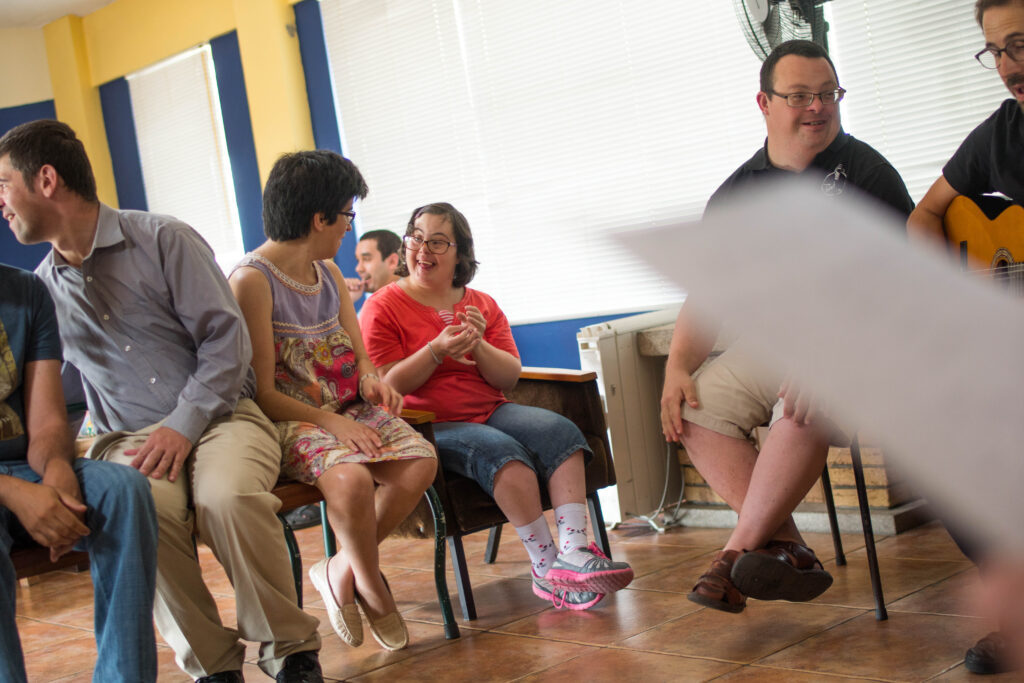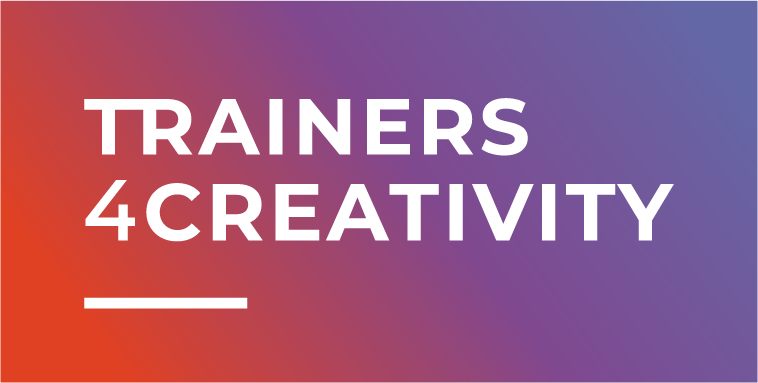Specific Learning Disorders (SLD)
Specific Learning Disorders are permanent conditions that affect the learning process of someone. They have a neurobiological cause that affects the way the brain processes information: how it receives, integrates, retains, and expresses information. It can thus disturb the cognitive development of a learning ability but is in no way stemming from a physical impairment such as a visual or hearing impairment, a motor disability, or intellectual disability. It is also not due to an emotional disturbance, nor a disadvantage of the economic, environmental, or cultural nature.
Covid-19 crisis, with its associated social restrictions, has resulted in a turning point in the way people and organizations worldwide interact, turning the online / hybrid interaction into a new reality. There are several available tools that people can use, but three main platforms have been identified: Mural, ZOOM and OPEN COLLECTIVE, because they provide new ways of relating and connecting to different people, as well as new ways to co-create and manage projects and activities in an innovative and simple way.

Presentation of the Different Specific Learning Disorders
Dyslexia
Dyslexia causes difficulties in reading and language-based processing skills. This is the most common disorder and it is not rare to have it overlap with another one (phenomenon of co-occurrence). It can affect reading fluency, decoding, reading comprehension, recall, writing, spelling, and sometimes speech.
Dysgraphia
Dysgraphia affects a person’s handwriting ability and fine motor skills. It will often show as illegible handwriting. It can also lead to difficulties with: remembering specific orthographic combinations, spelling, spatial planning on paper, sequencing sentences into words, composing writing, or thinking and writing at the same time.
Dyscalculia
Dyscalculia generally translates into difficulties with understanding math symbols, counting, memorizing, and organizing numbers, thus hindering them in calculus or abstract mathematical operations.
Dysphasia
Dysphasia typically manifests into difficulties speaking and understanding spoken words. This leads to challenges with oral exercises and presentations. It can translate into difficulty to “sequence sentences into words” when heard.
Dyspraxia
Dyspraxia will cause issues with coordination, movement, language, and speech. It typically affects fine motor skills and muscle control (including eye control), which leads to problems with movement and coordination, especially hand-eye movements, language, and speech.
Questions and answers
How can I improve my online contents so that a person with SLD can make the most of them?
To improve the online content for people with Specific Learning Disabilities (SLD), the following tips can be implemented: (https://pubmed.ncbi.nlm.nih.gov/30294983/)
- Use clear and concise language: it’s recommended to avoid using complex words, different idioms, or technical terms that may be difficult to understand. It’s recommended use simple language and short sentences to convey the topic.
- Use a clear layout and formatting: Use headings, subheadings, bullet points, and numbered lists to make your content easier to read and scan. Use a legible font and a font size of at least 12 points. (https://www.washington.edu/doit/tutorial-making-online-learning-accessible-students-disabilities )
- Provide alternative formats: Offer audio versions or transcripts of your content for people who have difficulty reading. You can also provide images and videos with captions or descriptions.
- Use visual aids: Use images, videos, infographics, and diagrams to illustrate your points. Make sure they are clear and easy to understand. (https://www.inclusionhub.com/articles/improving-digital-inclusion-learning-disabilities)
- Avoid clutter: Don't overcrowd your content with too much information. Keep it simple and focused on your main points.
- Test your content: Get feedback from people with SLD to make sure your content is accessible and easy to understand. You can also use online tools like readability calculators to check the reading level of your content.
- Provide individual support: to improve all of these tips it’s recommended to provide support to people with SLD individual to clarify potential mistakes.
Another interesting resources
- https://www.helpguide.org/articles/autism-learning-disabilities/helping-children-with-learning-disabilities.htm
- https://greatergood.berkeley.edu/article/item/how_to_help_students_with_learning_disabilities_focus_on_their_strengths


